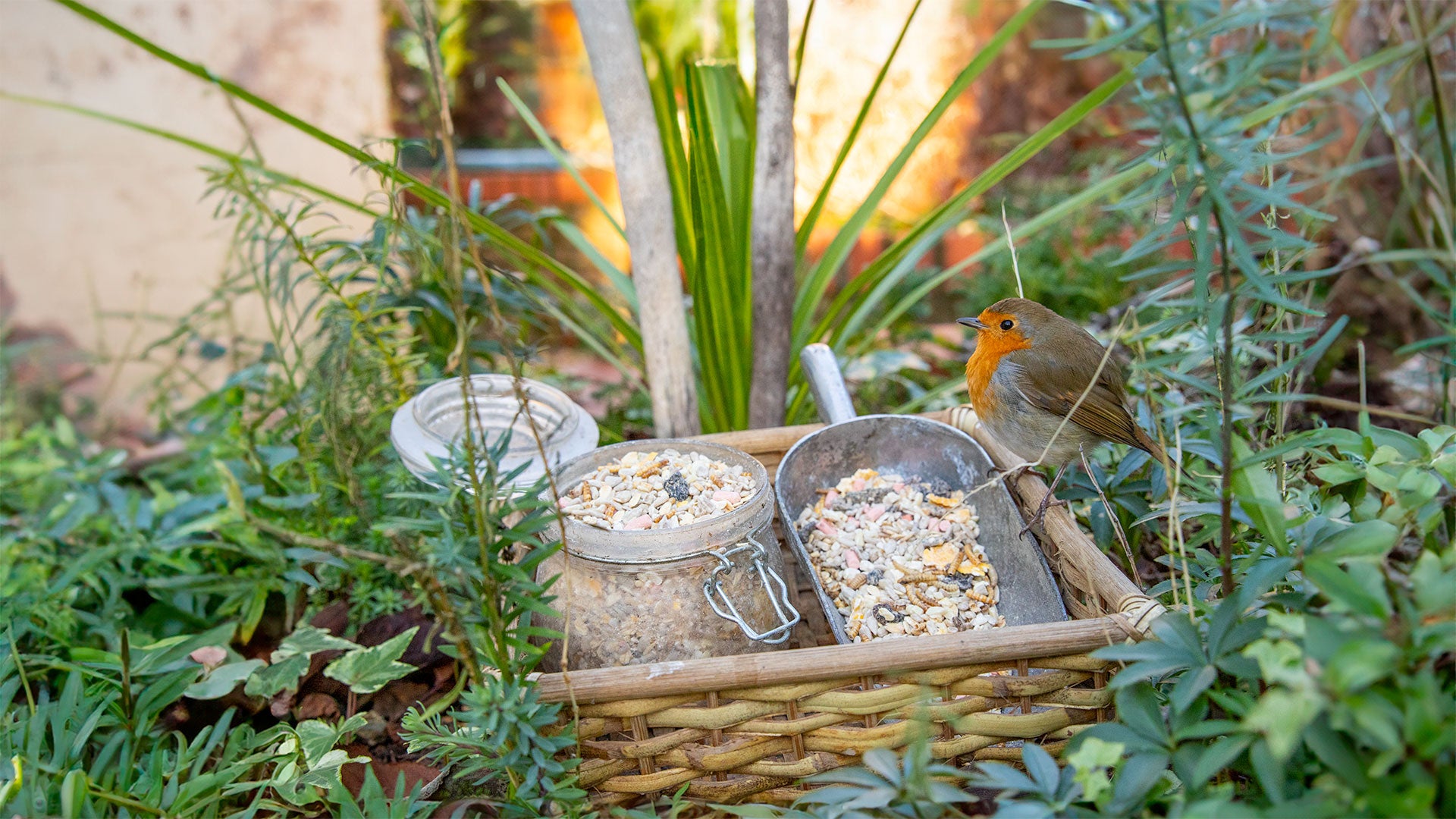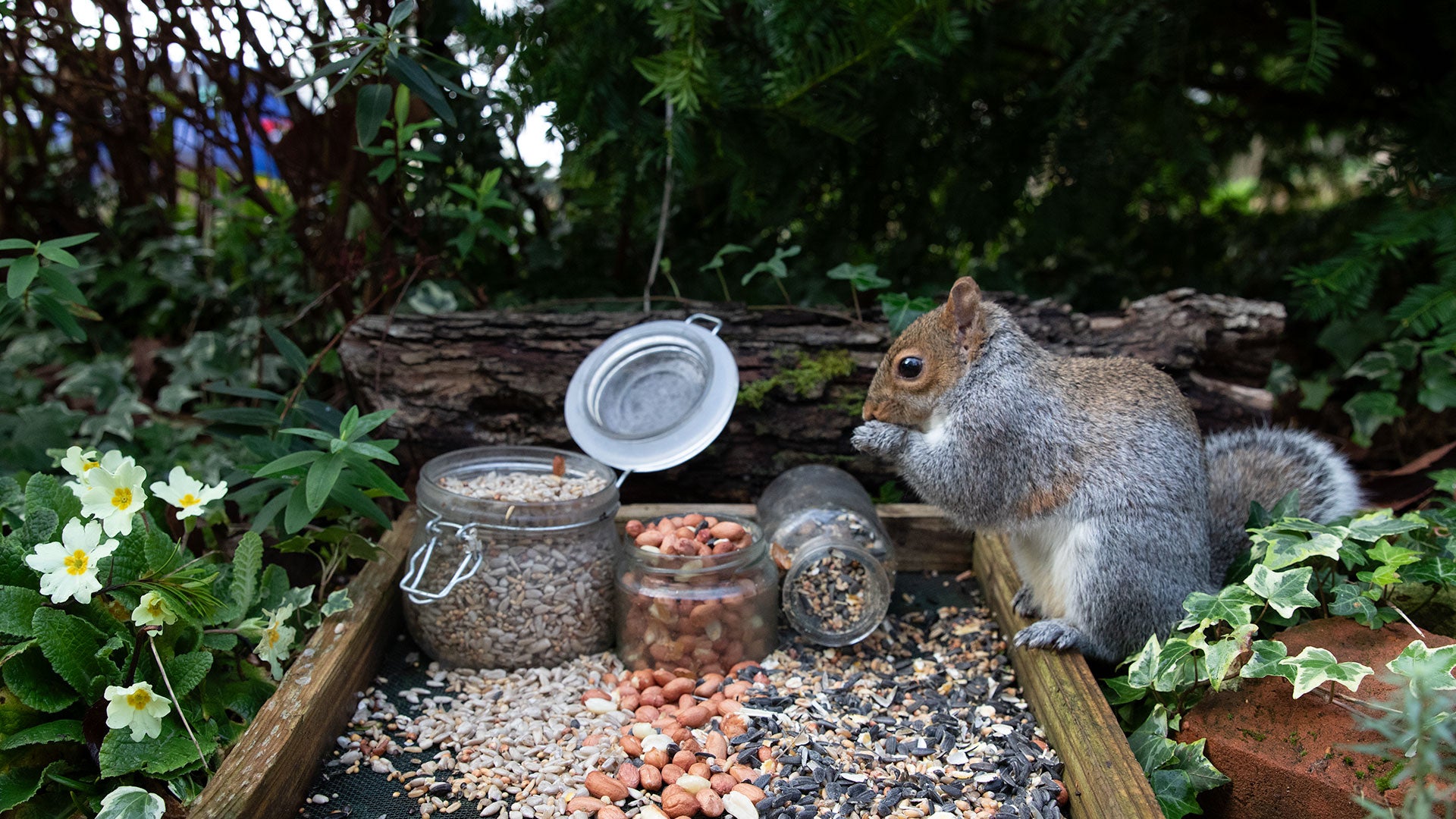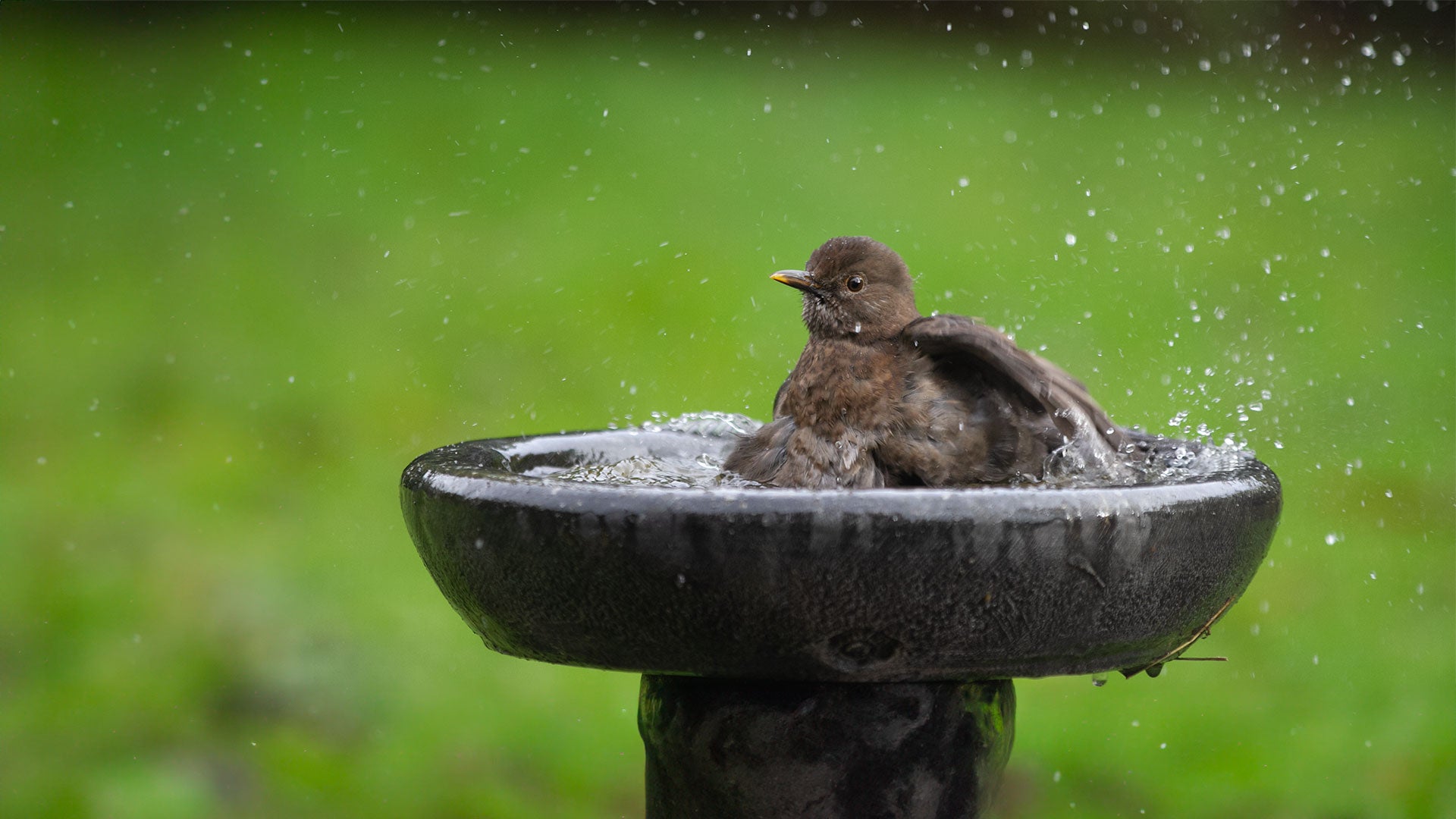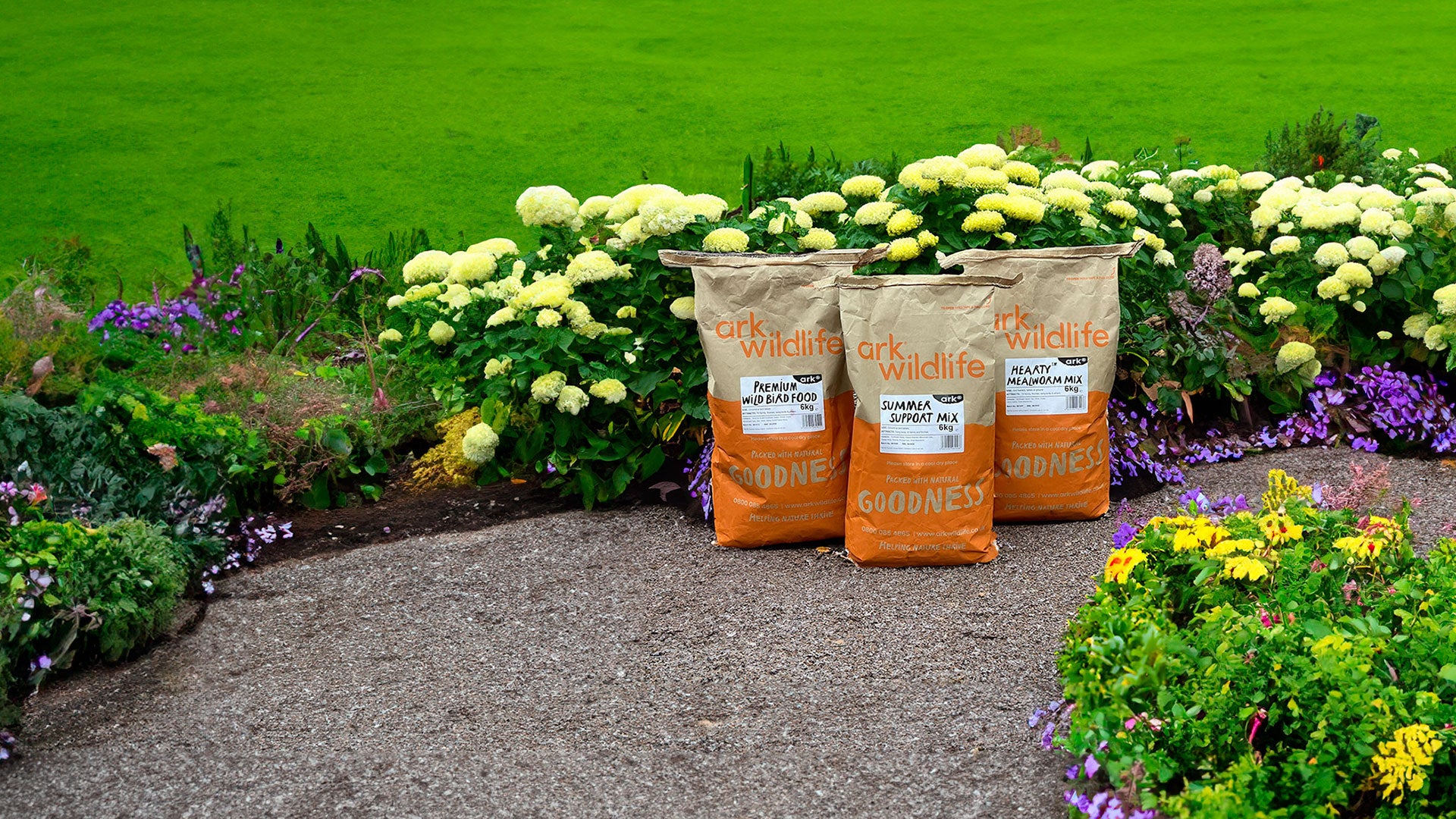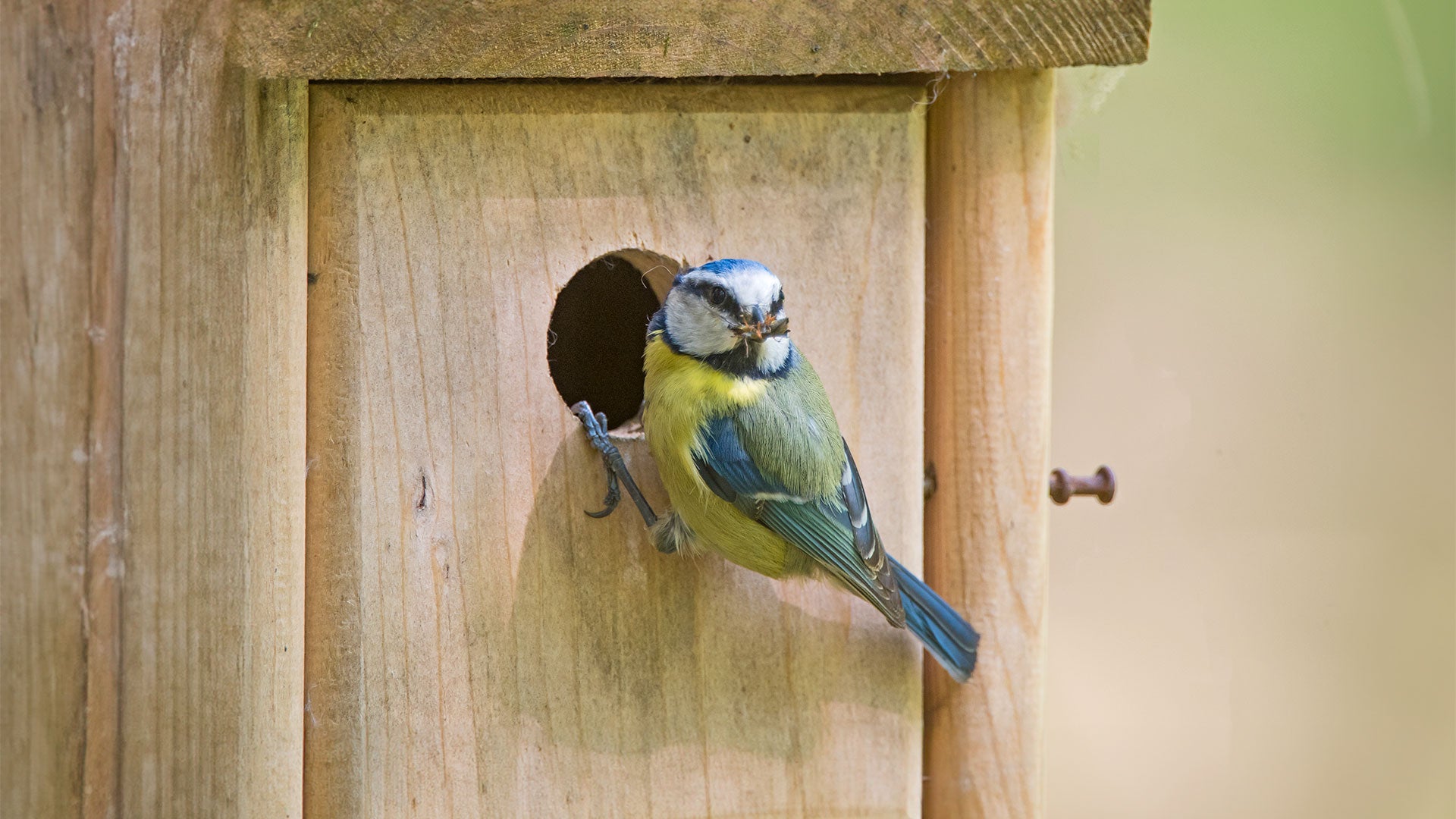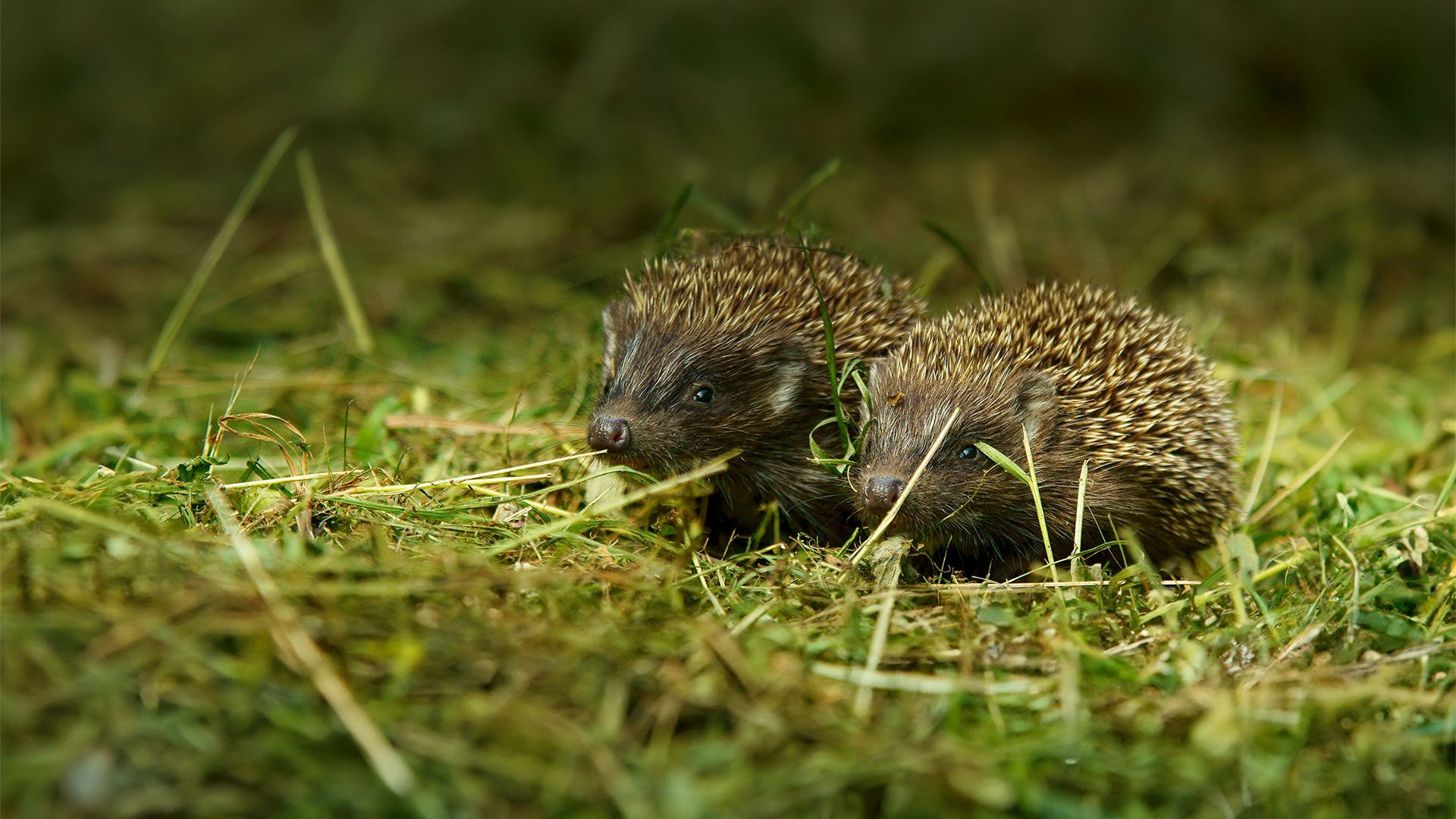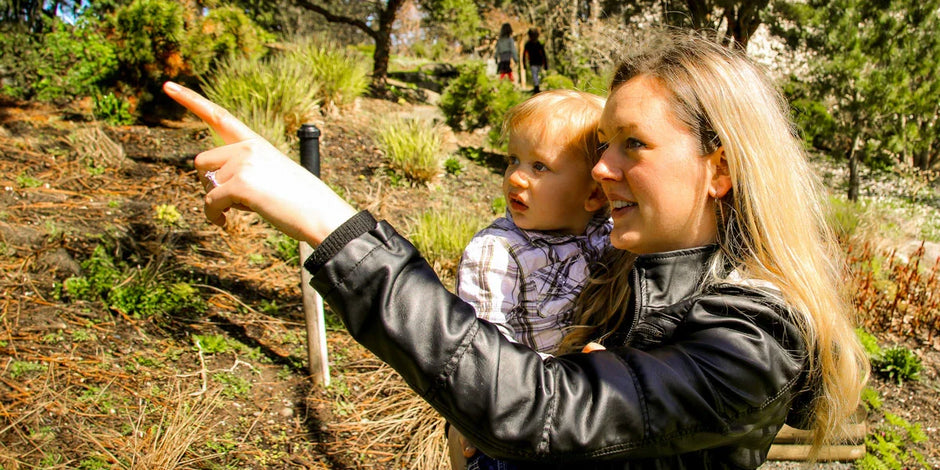Guest Blog - Author Bio
This guest blog was written by Eleanor Williams, Communications Officer for the Game & Wildlife Conservation Trust. Eleanor is passionate about wildlife and believes we all need to do our part if we want to restore biodiversity on a landscape scale. The UK is at risk of losing many native and iconic species, and it is only by working with farmers and people who look after our land that we have a chance of reversing the decline.
You have probably heard of the Big Garden Birdwatch, but have you heard of the Big Farmland Bird Count?
At the end of January every year, half a million nature lovers spend half an hour taking part in the UK’s biggest citizen science survey – watching and recording birds visiting their gardens. People of all ages, schools, nurseries and care homes take part. The results are invaluable in understanding how our garden birds are faring and spotting trends in population change.
However, more than 72% of the UK is made up of farmland making the Big Farmland Bird Count just as important as a way of understanding and monitoring how our farmland birds are doing.

What is the Big Farmland Bird Count?
The Big Farmland Bird Count – or BFBC for short – has been run by the Game & Wildlife Conservation Trust (GWCT) since 2014 and provides an annual snapshot of the state of the nation’s farmland birds.
It works in a similar way to the garden birdwatch by asking farmers, land managers, keepers, rangers, volunteers and bird enthusiasts to spend 30 minutes at some point during the first two weeks of February recording the birds they spot on their chosen parcel of farmland.
From Inverness-shire to Cornwall, from the west coast of Wales to East Anglia – hundreds take part every year – but we want more people to sign up.

Why is it important?
More than one in four of the UK’s bird species is in serious trouble. We will not halt the alarming declines of species such as curlew and skylarks if we leave it to gardens, parks, nature reserves and national parks alone. Biodiversity recovery must take place alongside sustainable production.
The BFBC helps us not only understand how our farmland birds are faring and spot any trends in the abundance of certain species, but it is also a way for farmers and land managers themselves to measure the impact that their conservation efforts are having on their land, to see if supplementary feeding and habitat improvement work are having an effect.
Participants are also asked to note down any other wildlife they see, such as deer, hares and foxes, to get an overview of what species thrive on their land.
In 2023, over 1,700 farms took part and together they recorded more than 460,000 birds of 149 different species – 33 from the Red List of Birds of Conservation Concern – across over 1.5 million acres of farmland.
An average of 19 bird species was recorded on each farm, with a maximum of 65 species at one site.
The birds that were spotted most often were blackbirds, wood pigeons and robins, seen on seven out of every ten counts. Birds seen on less than one in 100 counts included species that are elusive like jack snipe and bittern, localised such as red grouse, or rare and declining like willow tit.
Mixed flock of yellowhammers and bramblings
Credit: Pete Thompson
A snapshot of the state of our farmland birds
As we now enter another decade of the BFBC, we have taken a look back at some of the data gathered over the past 10 years, which has yielded some interesting results:
Since 2014, between 980 and 2830 farmers and land managers have participated each year across the UK.
Finches and buntings were more numerous on arable than pastoral farms, with 9% of farms in 2023 recording flocks of more than 100 birds.
Four times as many yellowhammers (on the Red List for Birds of Conservation Concern) were seen on farms with both an agri-environment scheme and supplementary feeding than on farms with no scheme or feeding.
On average in 2023, there were three times as many red kites seen as kestrels. Breeding kestrel numbers have declined by 40% since 1995, with less suitable habitat on farmland, whereas red kite numbers have increased by 1935% during the same time.

What can you do to help the birds on your farm?
- Create ‘conservation headlands’ – wide field margins where little or no pesticides are used – as this will help many farmland birds.
- Allow broad-leaved weeds to flourish, which boosts insect populations that are a key food-source for birds.
- Plant and manage hedgerows which provide crucial food, as well as nesting habitat and a safe haven from predators.
- Maintain small wet areas around the farm to help attract wading birds.
- Leave an area of uncropped, cultivated land which can provide suitable nesting and foraging areas for birds that prefer to forage on open ground, such as the red-listed lapwing, skylark, stone curlew and turtle dove.

How to take part in the Big Farmland Bird Count
Participating in the BFBC is FREE and requires no specialist knowledge or equipment. It is a great way to show your support for wildlife conservation.
Many farmers are also looking for help to carry out counts on their land – so if you are a keen birder you could offer them your help. Farmers who would like help to do a count on their land can contact their local county bird recorder, or bird group.
Then by spending half an hour between 2-18 February counting the birds on your patch of farmland, you will be making an invaluable contribution to the scientific knowledge and understanding of our farmland birds.
Everything you need to know is here – Big Farmland Bird Count – Game & Wildlife Conservation Trust, where you can also sign up for the BFBC newsletter, download bird ID guides, find webinar links, count sheets and instructions. This is also where you submit your results and where you can view the results from previous years to see the trends and changes in the bird population.
So go on, sign up and get out there and start counting!
Linnet photo credit: Pete Thompson
Piera Coleman counting birds photo credit: GWCT
Yellowhammer and bramblings photo credit: Pete Thompson
Yellowhammer in snow photo credit: Pete Thompson
Supplementary feeding birds photo credit: GWCT

